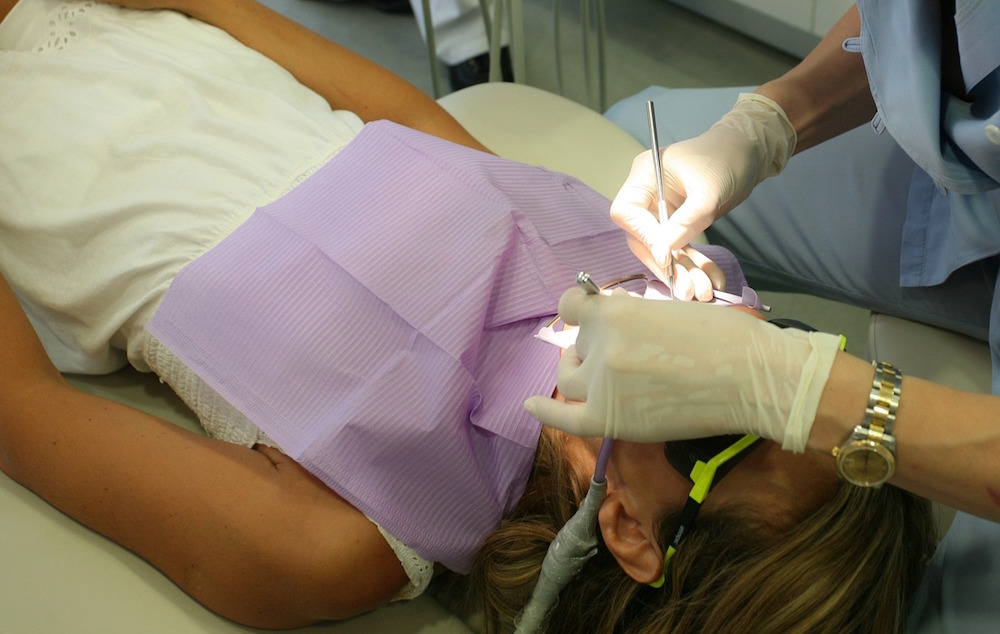Are Dental Stools Causing Back Pain in Operators?

Approximately 70 percent of dentists experience back pain at some point their careers, and this leads to fewer patients being seen, more time taken off work, shorter careers and an overall decrease in the quality of life. What’s the cause of this? It’s been argued that the traditional, flat-seat dental operator stool may be to blame.
Balancing the Spine During Seated Work
Dental operators used to stand up while they worked on patients. In the mid-1900s, though, experts realized that dental operator back pain could be reduced by sitting while practicing. Still, many dental operator stools don’t put the spine into the best position.
People often think that sitting up straight is best, but that may not be the best position for the lower back. When you sit on a flat seat with your thighs level with the floor, your lumbar spine remains in a flat position. Sitting up straight also increases spinal disk movement because it creates weight-bearing strain on the lower back.
Moreover, leaning forward, as dentists tend to do while they sit on their flat operator stools, puts additional pressure on the spine. Leaning back has been suggested as a way for office workers to minimize back strain, but that’s not possible for dental operators, who need to attend to the patient.
Many dental operators end up perched on the edge of their stools. This creates a natural curve in the lumbar spine and releases some of the weight on the disks. However, it may cause dental operators to engage their back muscles more than necessary. A tilted stool would help them maintain a more natural position.
Dental Operator Back Pain and the Iliopsoas Muscles
One of the reasons that sitting with your hips and knees at 90-degree angles is so detrimental is that it creates an imbalance in the hip flexor muscles. These, known as the iliopsoas muscles, weaken and shorten. They may also become tight.
The constant contraction in these muscles can make the fibers constrict into knots. Those trigger points refer pain to the lower back. Trigger point pain from the iliopsoas muscle may also be felt in the inner thigh or buttocks. The trigger points further restrict correct posture, leading to a cycle of back problems and discomfort.
How to Prevent Back Pain from Dental Operator Positioning
If you sit on a stool while performing your dentistry work, you can adjust your positioning to ease the strain on your back. Your knees should be lower than your hips. The ideal hip angle is greater than 105 degrees. You only need to tilt a chair between 5 and 15 degrees to achieve this. Sitting on a wedge can help you achieve the same effect.
Moreover, sitting with your thighs at a downward angle can help you get closer to the patient. When you do, you can use your arms to reach the oral cavity instead of leaning forward and creating a closed hip angle.
An adjustable stool is ideal because you can adjust it as you’re getting used to sitting with your hips raised. Remember that you should also look directly at the patient instead of twisting your body separately from your hips.
Proper Patient Positioning
Not only should dental operators position themselves properly while on their stools, they should also properly position their patients in their dental chairs. When patients are positioned properly, dental operators need to strain and contort their bodies in order to gain access to the patient’s mouth. This is the secret behind Crescent Products. Our line of dental chair accessories, from Headrests to full Chair Pads and Bodyrest Systems, helps dental operators position their patients so that they are comfortable and easy to work on. For more information on our dental chair accessories, visit our online store today.